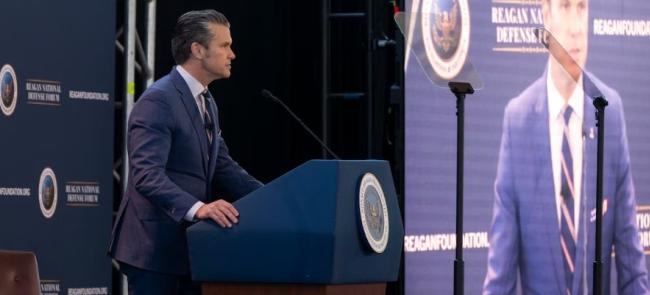
Defense Secretary Mark T. Esper’s PFAS Task Force held its first meeting earlier this month, with leaders looking to address chemical contaminations on and around military installations across the nation.
The contaminations are linked to harmful chemicals used in firefighting foam known as per- and polyfluoroalkyl substances. PFAS have been linked to numerous health problems, including cancer, high cholesterol and thyroid disease.
Contamination has been discovered at more than 230 military bases nationwide and at 44 civilian airports shared by Air National Guard units.
The Pentagon has estimated there are more than 400 contaminated sites across the United States.
Esper announced the task force on July 23, in one of his first acts as defense secretary. The group met on Aug. 9 for the first time and discussed next steps.
“Our most important resource is our people,” Assistant Secretary of Defense for Sustainment Bob McMahon said. “We have a responsibility to take care of our people, their families and the communities we serve.”
DoD has already tested 524 water systems worldwide for PFAS and has worked with water supplies in other areas to test systems where the military buys water. That testing has identified 24 DoD-run water systems and 12 other systems that contain contaminants above levels set by the Environmental Protection Agency. Those contaminants have included perfluoroctane sulfonate and perfluorooctanoic acid, two chemicals in the larger class known as PFAS.
“DoD’s first priority is to address drinking water with PFOS and PFOA from DoD activities,” said Maureen Sullivan, deputy assistant secretary of defense for environment.
DoD is investigating known and suspected releases of firefighting foam to identify other public water systems and private wells that could be impacted. In some locations, military officials have provided bottled water, filters, connections to municipal water systems and additional treatment systems to address the contaminations.
Officials said they have also stopped using firefighting foam in training, testing and maintenance through a policy issued in January 2016. When the foam is used in emergencies, affected soil is now contained and removed to prevent groundwater contamination. The military is exploring PFAS-free alternatives to the foam.
“DoD has taken the lead in protecting the health of persons on and near DoD installations by fully investigating releases and determining the appropriate cleanup actions based on risk,” Sullivan said. “This is a national problem involving a wide array of industries and commercial applications, as well as many federal and state agencies.”












